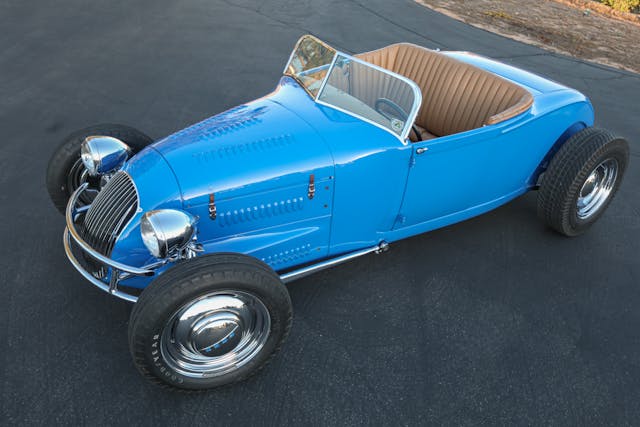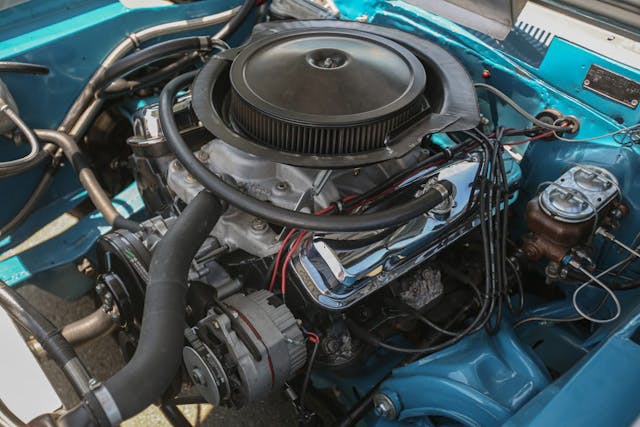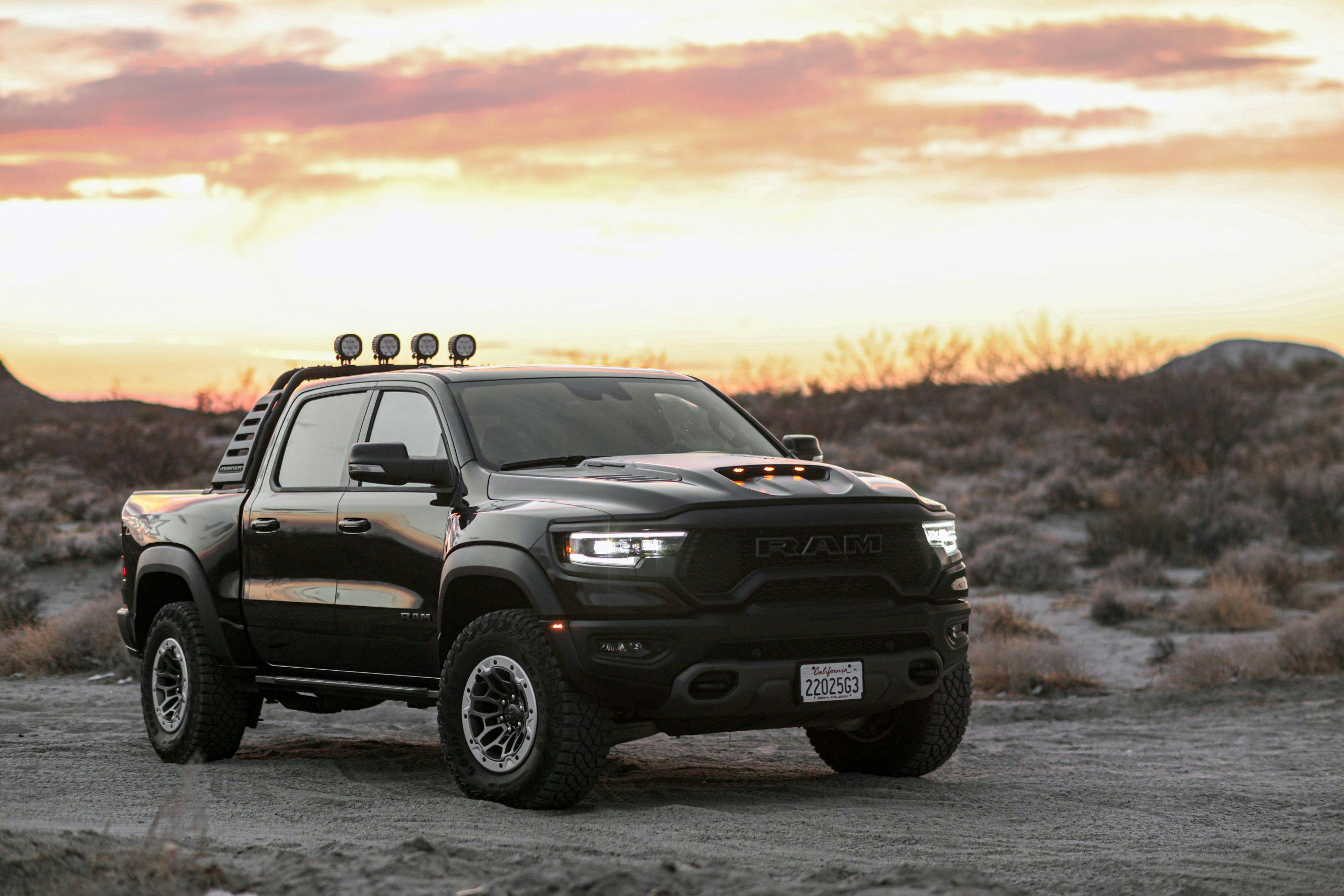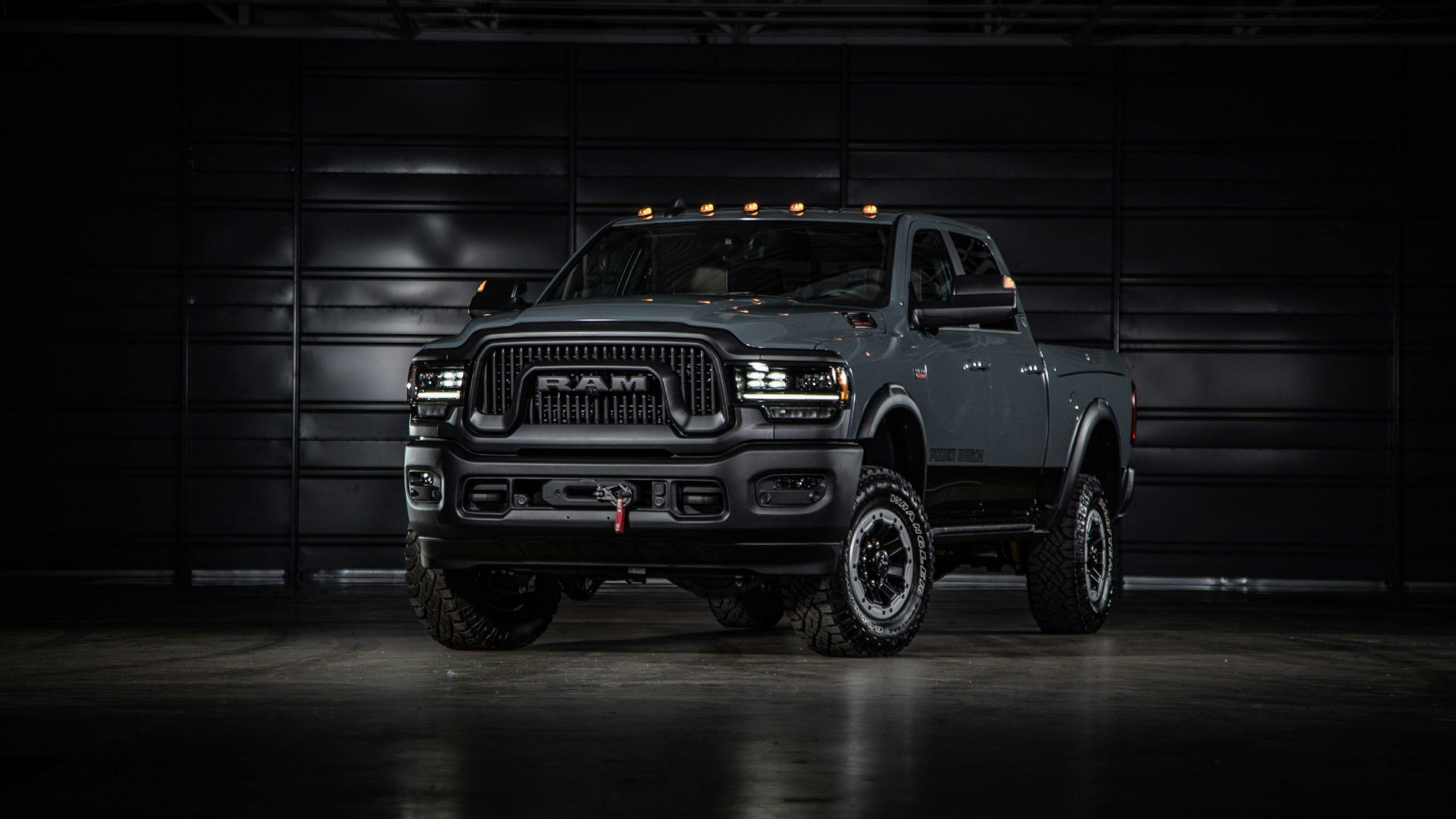4 car terms misused by almost everyone
Automotive enthusiasm has its own glossary. Many of the terms mean something different from one niche of the culture to another, but some have well-established definitions. Below are four of my biggest pet peeves in car nomenclature.
Some argue that because language is always changing, every word acquires a new meaning over time. That’s true, but only if we let them—and why fix what isn’t broken?

1. “Roadster”
The slow evolution of the term roadster is one that I’ll have to accept, but there’s a bar for entry—a point at which a car is simply not a roadster.
A century ago, “roadster” meant a two-seat, topless car with minimal weather protection. A Ford Model A roadster doesn’t have glass side windows, while a Model A cabriolet does. By the 1950s, the word’s meaning had been nudged a little—European sports cars with fabric side curtains and tops were still called roadsters, because their weather gear didn’t do much.
Later, the term evolved into a way to differentiate between sporty, two-seat convertibles and larger, more luxurious four-seat convertibles. That makes for a blurry line, of course. The Porsche 718 Boxster is a roadster, a 5000-pound, four-seat Bentley Continental GTC is not, and there’s plenty of room between the two for debate.
The upcoming Tesla Roadster, with its four seats and its fixed rear roof, is not a roadster by any definition, past or present. What’s so bad about admitting that a car is a targa-top?

2. “Big-block” Pontiac
Spend enough time searching classified ads, you’ll inevitably come across a car powered by a “Pontiac big-block.” There is no Pontiac big-block.
Pontiac unveiled its first V-8 in 1955. For nearly 30 years, until the division replaced its house V-8 with a version of GM’s “corporate” Chevy small-block, there was only one Pontiac V-8 architecture. From 265 cubic inches all the way to 455, Pontiac used just one bore spacing (the distance from the center of one cylinder bore to the center of the adjacent bore in the same bank). The 5.0-liter used in early Trans-Am racing (above) has the same external dimensions as a 455.
(Before anyone mentions it, Big Chief cylinder heads bolted onto a Chevy big-block bottom end don’t make the engine a Pontiac big-block.)
Oldsmobile is the same way, with identical bore spacing in everything from the 303 Rocket to the monster 455. Olds fans like to differentiate between small- and big-block engines based on deck height—the distance from crankshaft center to cylinder top—but that’s not what makes a big-block in my book. Tall-deck Chevy LSX engines are still small-blocks, after all.
With Olds and Pontiac, it seems the confusion comes from the fans themselves—each brand is now dead, and neither used the “small-block” or “big-block” nomenclature in any official capacity.

3. “Heat Soak”
When the C7 Corvette Z06 debuted for 2015, road-racing netizens were quick to assault its supercharged, 650-hp LT4 V-8. They were certain that a naturally aspirated V-8 was the proper choice for a track-focused Corvette.
They had a point, at least for a bit. The initial version of the cooling system in that Z06 wasn’t up to the task of keeping intake air cool for prolonged track sessions at high ambient temperatures. The result was reduced performance. For 2017, Chevrolet remedied the problem with a new cooling system and a supercharger lid with an improved charge cooler. (The latter part also found its way onto later applications of that engine, including the sixth-gen Camaro ZL1.)
Plenty of outlets said those early Z06s were experiencing “heat soak.” They weren’t. The engines in those cars simply produced more heat than the cooling system could deal with. “Heat soak” is what happens when an engine’s cooling system rises in temperature after you shut it off. When the water pump is no longer pumping coolant through the radiator, because that pump only runs when the engine is running.
Park a hot car, fresh off the track, and turn off the engine—coolant temps will continue to climb. If an engine is still running and still pushing coolant through its radiator, but it can’t keep everything happy enough to produce the quoted factory power? We already have a term for that: overheating.

4. “Widebody”
I’ve saved my most pedantic pet peeve for last. Fender flares don’t make a car a widebody.
Blame Dodge for legitimizing this. The picture above is a “widebody” Challenger. The car is also offered in a standard “narrow” configuration, without the fender flares.
If the fenders and quarter panels on the “narrow” and “widebody” versions of a car are the same, something doesn’t add up. Let’s use a Mopar cousin as an example: You could call the Ram TRX (below, left) a widebody, sure. The body is substantially different from that of the base Ram. But the Power Wagon? I don’t think so.
Many of you probably disagree with these silly opinions. I’d love to hear your own car-language pet peeves—share them in the comments! (Just don’t expect to change my mind.)
***
Check out the Hagerty Media homepage so you don’t miss a single story, or better yet, bookmark it. To get our best stories delivered right to your inbox, subscribe to our newsletters.





My pet peeve is calling any old car a classic car. The Classic Car Club of America has designated a a very select group of individual cars and brands from, I believe, 1915 to 1948 and called them Classic Cars, with a capital C. Today people and clubs and magazines, just call almost any old car a classic car. To me, they are just old cars, or antique cars. Now, I believe there should be a Classic Car designation for select cars after 1948, and there are a lot of them, like the 1953 and ’54 Buick Skylark and Cadillac Eldorado. The 1956 Lincoln Continental and the 1959 Cadillac Eldorado Brougham. I’ll even include the 1957 Rambler Rebel. And other special cars, produced.
What about a throw-out “bearing” when it’s really a “bushing”. This so entrenched, tho, I doubt it will ever change
Sorry, meant “pilot bearing” , not throwout bearing
Bearings can ball, roller, tapered roller, or otherwise, including plain, as found on crankshafts and on both ends of connecting rods. So, the terms bushing and plain bearings can be the same thing.
My peeve is XKE! No such thing is an E type
The worst restoration glossary mistake happens too often when speaking of a full restoration. You can do a “frame up,” a “body off,” but unless you turn your car upside down first, you can’t do a “FRAME OFF.” PLEASE HELP on this one!!! I beg you.
Breaks will not slow down your ride.
See this one a lot. Errors such as this may be due to the “digitization” of the English language. Lots of abbreviations, acronyms, emoticons, etc. At least I now know what WTF means!
Canadian Pontiac’s were different from American,they had different names and came with Chevrolet engines rebadged.
So up here in the Great White North we did have Small block and Big block Pontiacs
At a car show (Greenfield Village) a few years ago, I saw ’59 Canadian Pontiac. It looked strange, because it was built on a Chevrolet chassis and did not have the Pontiac “Wide Track.”
Don’t get too anal. I’ve called sway bar, anti-sway bar, stabilizer bar among other things.If I was speaking to a car guy he knew what I was talking about. If it wasn’t a car person, most of the time , I had to explain.
Cars roll on wheels- not just tires or just rims. Some of these are regional words. I am from New Orleans La. is it Neutral Ground or Median.
VW Phaeton, anyone?
I’m sure you have heard of the liquid cooled muffler bearing. Most people think this is a joke. But it is actually a real thing. All turbochargers do a wonderful job of deadening the noise of the combustion process. I have professionally raced vehicles with no muffler (or even an exhaust pipe) after the turbocharger. All while remaining below the db levels that were required. As such with turbochargers so effectively deadening the sound of the combustion process (the turbine chops up the sound waves) and with the bearing required to keep the turbine spinning being lubricated (and cooled) with oil…many people have indeed enjoyed using a liquid cooled muffler bearing. I’ve often wondered if a turbo would do a better job than a regular muffler at deadening the sound of the engine even if not being used to create boost? I’ve never had the time to test it though.
Never thought about that before, but it makes sense!
It appears to me that there is a lot of people with too much time on their hands!
Big Block -small block …..Does that mean you have a bigger dick with a Big Block ..?
It’s a V8 no matter what it is …….big or small, it get’s you down the road , to a cruise , or a car show .
BATWINGS!!! No, I’m not referring to the discomfort some of us sometimes get on hot humid days, but two components used by two very different manufacturers…The first is the “batwing” steering wheel used on pre-55 VW beetles; these are “true” batwings where as many people refer to the later 56-59 steering wheel as a “batwing” which it is not. They are similar, and I know I’m getting knit-picky, but it’s bothersome just the same….especially when it’s occuring in a crowd of “VW people.” The second, and even more annoying because it is “commercially” incorrect is the Cadillac “batwing” air cleaner. Not naming names, but there are several aftermarket parts suppliers contributing to this misguided identification by coining reproduction air cleaners made in the style of standard Cadillac, Oldsmobile, Pontiac(?) air cleaners of the mid-50’s. Popular with street-rodders and customs, I’m constantly seeing/hearing these air cleaners referred to as “batwings.” While I have always known the Cadillac batwing to be the “wing” shaped dual air cleaner that adorned a pair of dual quads feeding a 365 V8….Please, if someone has verifiable proof to the contrary let it be known!
Another interesting change is “miles” as opposed to “mileage.” Lots of ads now state “low mileage.” Does this mean the car gets crappy gas mileage? Or did they intend to indicate the car has accumulated a low amount of “miles”?
Can we agree that a Porsche Taycan (all electric car) being described as a “turbo” is inaccurate and kinda nutty.
I didn’t have time to read all of the comments but I’ve never seen these two addressed. The first one is “radio delete”. For example saying that a 1965 Corvette without a radio is a radio delete car. ’65 Corvettes didn’t come standard with a radio so it’s the radio (U69) that is optional. Maybe call it a “no radio” car. Yet that same ’65 Corvette without a heater/defroster should be known as a “heater/defroster delete” car because of option C48. Jumping forward to a 1980 Corvette there is a radio delete option (UL5) since radios were standard equipment then. The second one is 1963 Corvette split window coupe. Why the redundancy? ALL ’63 Corvette coupes had a split rear window unless some knucklehead removed it with a J.C. Whitney kit. Don’t say Grand Sport-that’s a different car. ’40 Ford coupes had a split rear window and ’41’s didn’t. I never heard anyone call a ’40 Ford coupe a “split window”.